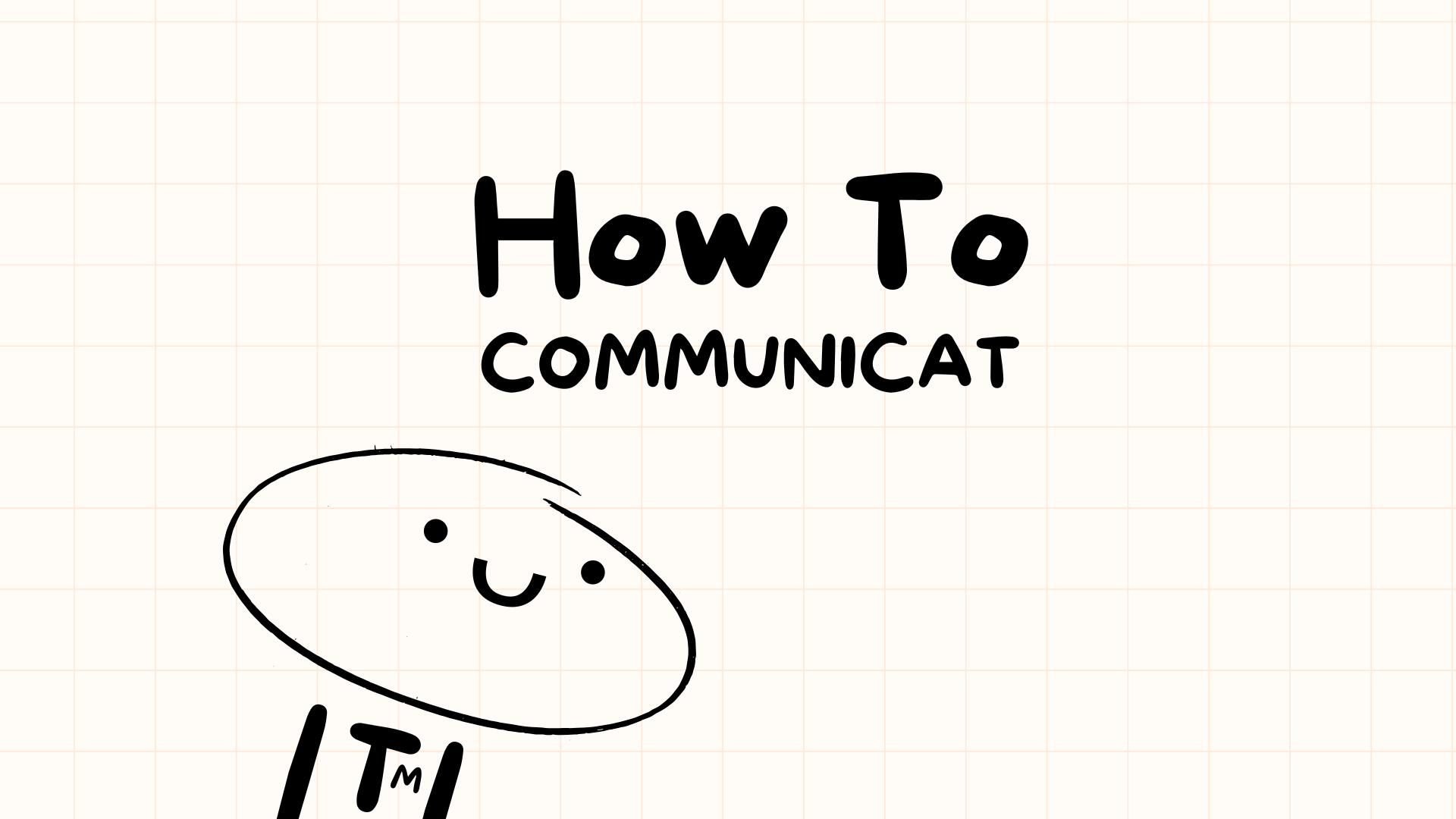Every morning when I walk into my McDonald's restaurant, I'm greeted by the familiar sizzle of fries hitting the oil and the steady beeping of timers. After five years as a shift manager, I've learned that success in this fast-paced environment comes down to one critical skill: how well I communicate with my team.
Let me share what I've learned about leading effectively in the world's most famous restaurant chain.
Why I Prioritize Communication Above All Else

When I first started as a manager, I thought knowing every procedure in the operations manual would make me successful. I was wrong. During my first major lunch rush, despite knowing every procedure perfectly, my team struggled because I couldn't communicate effectively under pressure. That day taught me a valuable lesson that changed my management style forever.
Here's what I've learned about how communication impacts our daily operations:
| Impact Area | What I See with Poor Communication | What I See with Effective Communication |
|---|---|---|
| Order Accuracy | My team makes mistakes, customers complain | My crew works confidently, gets orders right |
| Team Efficiency | People seem confused, everything slows down | Everyone knows their role, operations flow smoothly |
| Employee Retention | I lose good people, morale suffers | My team stays longer, enjoys working together |
| Customer Experience | Lines move slowly, service is inconsistent | We serve quickly, customers leave happy |
The Four Communication Principles I Live By

1. Keep It Crystal Clear
During a lunch rush, I don't have time for long explanations. I've learned to be direct: "John, I need you on fries now" works better than "When you get a chance, could you possibly help out in the frying station?" My team appreciates this clarity – it helps them understand exactly what I need and when I need it.
2. Listen Like You Mean It
I used to think being a good manager meant always having the answers. Now I know it's about listening to my team's concerns and ideas. Last week, one of my crew members suggested switching a colleague to a different role because he wasn’t excelling at the cashier position. Because I really listened instead of dismissing the idea, we made the adjustment, and our drive-thru efficiency improved significantly.
3. Watch My Body Language
I've learned that how I carry myself affects my team's performance more than I initially realized:
| My Communication Style | My Body Language | How My Team Responds |
|---|---|---|
| When I'm Authoritative | Arms crossed, frowning | Team gets defensive, stays quiet |
| When I'm Collaborative | Open posture, engaged | Team shares ideas freely |
| When I'm Distracted | Looking at my phone | Team feels ignored, motivation drops |
4. Show Real Empathy
The biggest game-changer in my management style was when I started treating my team members as people first and employees second. When Sarah told me she was struggling with her college schedule, I worked with her to create a flexible schedule that worked for both of us. She became one of my most loyal team members.
How I Manage Team Conflicts
My Quick Response System
| Situation | My Immediate Action | Follow-up |
|---|---|---|
| Team Arguments | Private conversation away from customers | Document and monitor |
| Performance Issues | One-on-one coaching | Set clear goals, check weekly |
| Schedule Conflicts | Check availability board, find quick solution | Update scheduling system |
| Customer Service Problems | Step in, resolve immediately | Debrief with team after shift |
My 3-Step Resolution Method
- Listen First: I bring team members to a private space, allowing each to share their side openly and without interruption. This neutral approach fosters trust and surfaces the real issues.
- Act Quickly: After assessing the facts, I make and communicate decisions immediately, documenting the incident and adjusting schedules if needed. This shows responsiveness and reinforces my commitment to resolution.
- Follow Through: I monitor the situation during the next shift, praising improvements or addressing any lingering concerns to ensure lasting solutions.
Prevention Tactics
Regular team meetings, clear position charts, a fair scheduling system, an open-door policy, and quick recognition of good work all contribute to a proactive and positive work environment, reducing conflicts before they arise.
How I Keep Growing as a Leader
I'm still learning every day. Here's what helps me improve:
- Self-Check: At the end of each shift, I think about what I could have communicated better
- Team Feedback: I regularly ask my crew what I could do differently
- Training: I take every communication workshop our company offers
- Learning from Others: I watch how our most successful managers interact with their teams
What I've Learned

After thousands of shifts, countless conversations, and many mistakes turned into lessons, I've learned that my success as a manager isn't just about meeting sales targets – it's about building strong relationships with my team and ensuring we provide great service together.
When I step into my shift each day, I remind myself that every interaction is a chance to be a better leader. Whether I'm teaching a new crew member how to work the fryer or handling a busy Saturday night rush, clear communication is what keeps our restaurant running smoothly.
Remember, we're not just serving food – we're leading people. And in my experience, the better I communicate with my team, the better we serve our customers.





Member discussion